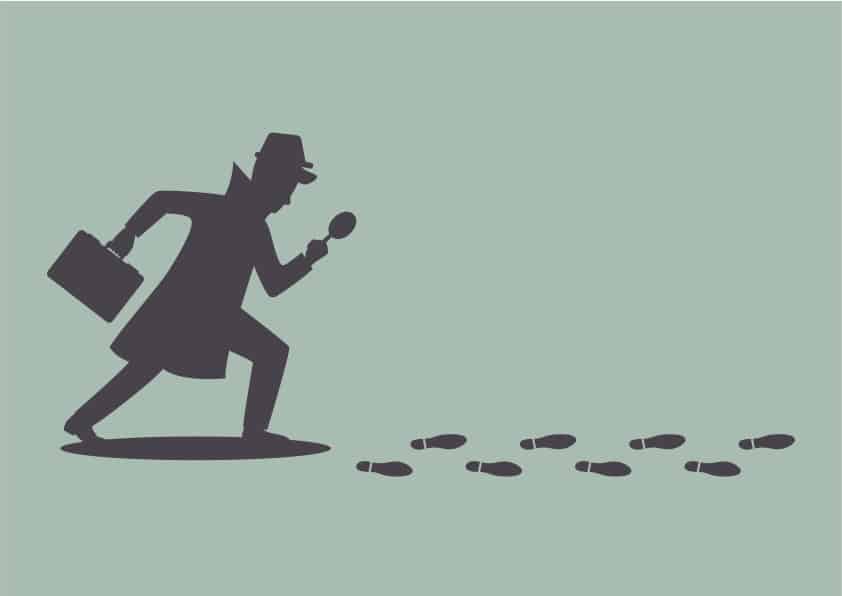Summary:
- Procedures for handling disciplinary situations “should be set down in writing, be specific and clear’ and should be shared with the employee prior to the meeting.
- The investigation should be carried out by someone senior enough to have the necessary authority to conduct such an investigation. You don’t want the investigator fearful of challenging the evidence or what someone says.
- Unlike a disciplinary or a grievance meeting, there is no legal right for individuals to be accompanied by a colleague or trade union representative to an investigation meeting. However, if the case is particularly sensitive or if someone asks to be accompanied you should consider agreeing to this. Sometimes, it is the right thing to do and bear in mind that the companion is there for moral support, not to take over the meeting or to answer questions.
- Once the investigation has been completed a report should be drafted.
- The investigation report will form part of any ensuant disciplinary process and would, in turn, be disclosable in any resultant litigation.
How to conduct a disciplinary investigation – the starting point.
Firstly, make sure you have a clear and transparent written disciplinary process in place, don’t make it too onerous or too restrictive in terms of time scales but set out a clear process with the steps to be taken. The Acas Code states that rules and procedures for handling disciplinary situations “should be set down in writing, be specific and clear.” The Employment Tribunals take a very dim view of any employer who subjects a member of staff to disciplinary action without a written process in place. Make sure you give this to the employee who is being subject to the disciplinary process at the start so that they are fully aware of the process.
What should a written disciplinary procedure say about investigations ?
A written disciplinary procedure should include content about investigations. This is usually a precursor to the formal process and is said to be a neutral act. The investigation will be a way of establishing the facts before any disciplinary action, the extent of the investigation and any possible fact finding will vary according to the particular circumstances. Sometimes, but not always, the investigation will include an initial meeting with the employee involved but this will not always be the case. Other times, it may only involve the employer gathering the evidence. Don’t make the content about the investigation too restrictive so that you are stuck with strict timelines and a strict format.
Who should carry out the disciplinary investigation?
The investigation should be carried out by someone senior enough to have the necessary authority to conduct such an investigation. Ideally, the person who conducts the investigation should not hear the disciplinary process. Sometimes this will be someone from HR and other times it will be a manager with sufficient seniority. Sometimes the organization will need to instruct a 3rd party to conduct the investigation. There are a variety of reasons why the organization would instruct a 3rd party (such as Just Employment Solicitors) to conduct the investigation; for example :
- when the allegations are against the Managing Director or other such senior person and there is no one with sufficient seniority in the organization to do it;
- the matter is complex and an experienced professional is better qualified and equipped to undertake a thorough and proper investigation;
- time – if done properly investigations can take a lot of time and it is far better to get it right by spending the necessary time than to rush through it if when you are time poor;
- the organization is keen to ensure impartiality and transparency;
- the organization wants to demonstrate it is taking the matter very seriously.
What happens after a disciplinary investigation?
Once the investigation has been completed a report should be drafted; the report should include :
- the terms of reference
- a brief background the investigation
- the investigation process
- details of evidence collected
- people interviewed
- any anonymized statements
- the investigation findings
- facts that could not be established
- mitigating factors
- any other relevant information
- conclusions and recommendations
The Report is an important document as it should be thorough, clear and most importantly impartial. It will form the basis of any disciplinary sanction including, in the more serious cases, dismissal for gross misconduct.
It is well established through case law that a failure to carry out a reasonable investigation can result in a finding of unfair dismissal. It is one of the essential requirements for a fair conduct dismissal – see British Homes Stores Limited v Burchell 1980 ICR 303, EAT.
Recent cases Just Employment have been instructed on include:
- A Director and co owner of company who was implicated in serious wrongdoings including taking backhanders and falsifying documents.
- A series of complaints of sexual harassment against a Partner.
- An adverse finding by an Employment Tribunal regarding the workplace culture and the employer was unsure how to deal with that.
If you are considering asking for an independent workplace investigation please do not hesitate to contact us for a free no obligation chat to see find out we can help you 01483 303636 or email info@jesolicitors.com.


